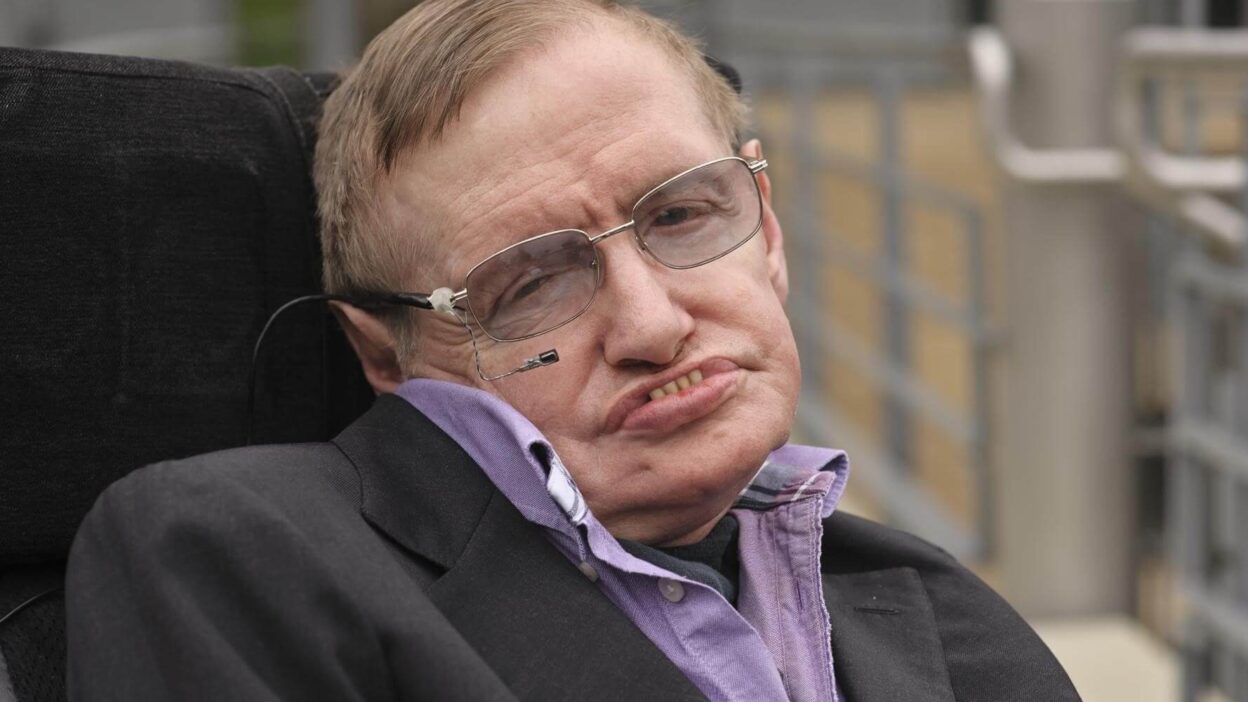A great scientist, researcher of gravity and properties of black holes. In addition to scientific works, he became known as a popularizer of science. In one small book, I was able to summarize the modern view of scientists about the universe.
Stephen William Hawking, a physicist at Cambridge University and the author of several bestsellers about modern science, died in his home in the English city of Cambridge. He was 76 years old.
Report on the death of the scientist confirmed the press service of the university.
“There has not been since Albert Einstein’s time another scientist who would have caught the attention of the public and literally fell in love with tens of millions of people around the world,” said Michio Kaku, colleague and friend of Hawking, who works at the University of New York in a comment by The New York Times.
Popularity as a rock star brought Stephen Hawking his first book “A Brief History of Time”, first published in 1988. At that time, it was the most successful attempt to explain the science of space that had been quite advanced since the flights to the moon.
Hawking spoke about the origin of the universe, about space, time and their connection, about black holes, superstrings, etc. In the whole book, there is only one formula: E = mc². More than 10 million copies of the book were sold.
But most of all people admired the way of life of the scientist. Even at the last university courses, Hawking was diagnosed with Amyotrophic lateral sclerosis. In 1963 he was told that he would not live longer than two years.
As the disease progressed, Stephen lost the ability to control limbs, and after a few years was completely paralyzed. Two fingers and movements of the eyeballs remained functional. The functions of thinking and internal organs were untouched.
Problems of interaction between the scientist and the outside world were taken up by Intel, developing, in essence, a unique interface. It is called ACAT and installed as a shell on top of Windows. This development allowed the scientist in the next 20 years to continue research, lecture, write books and travel. With one finger.



